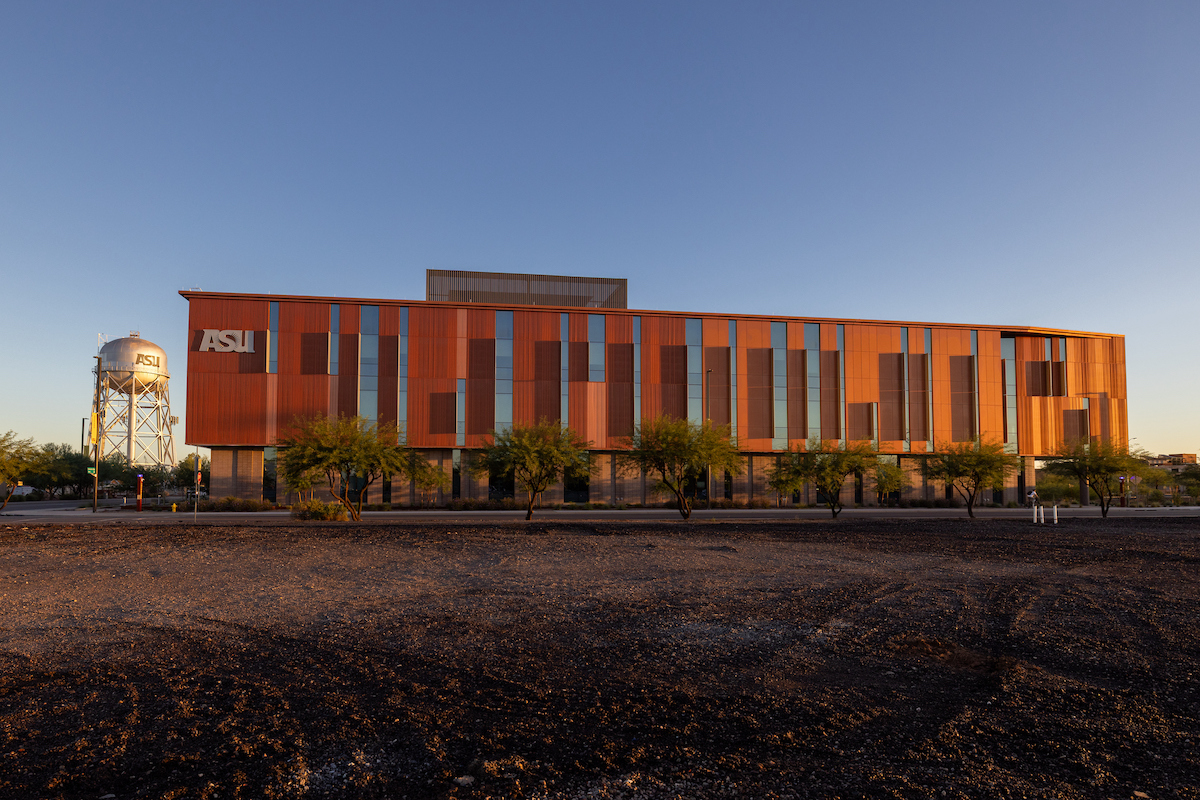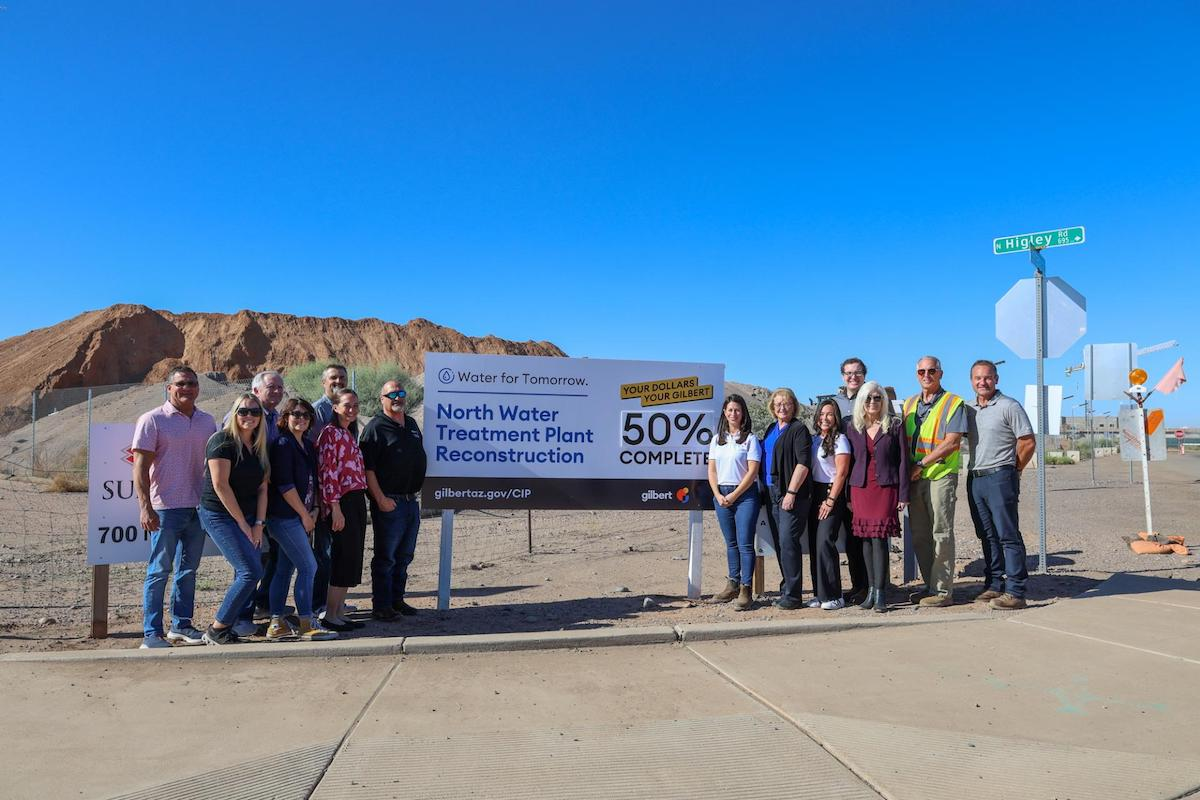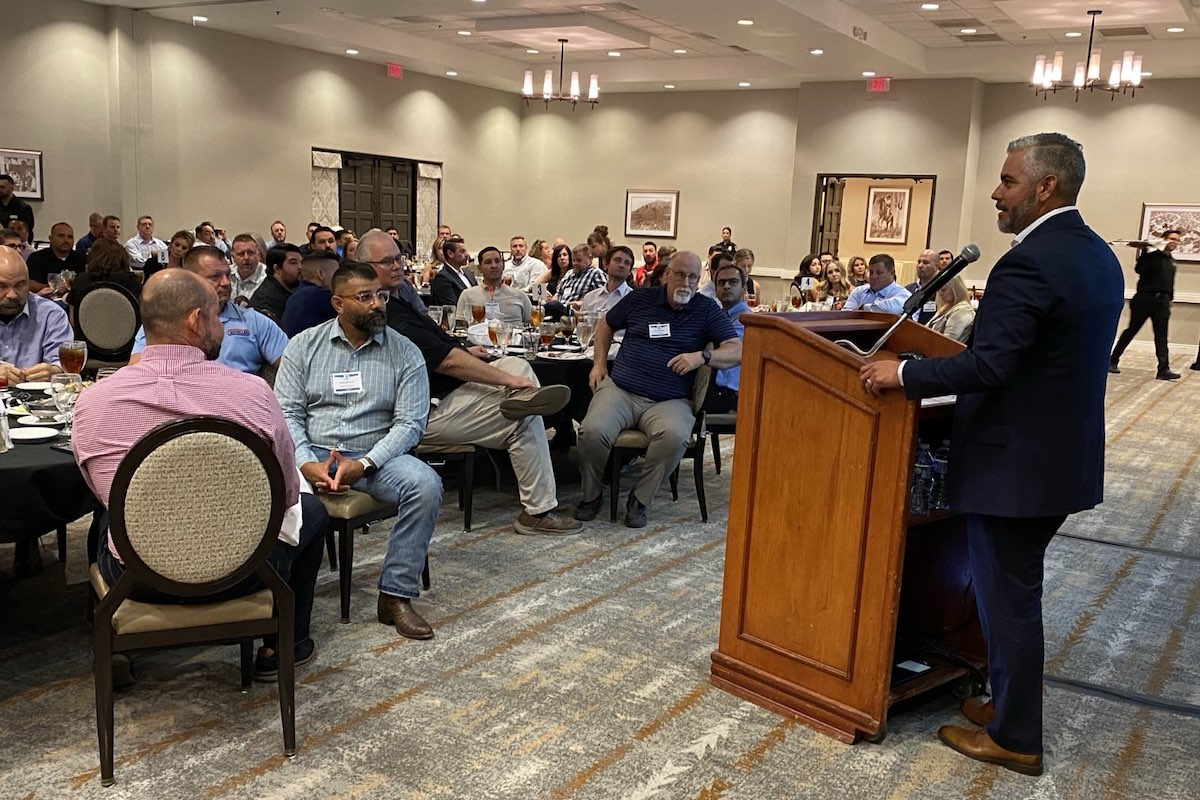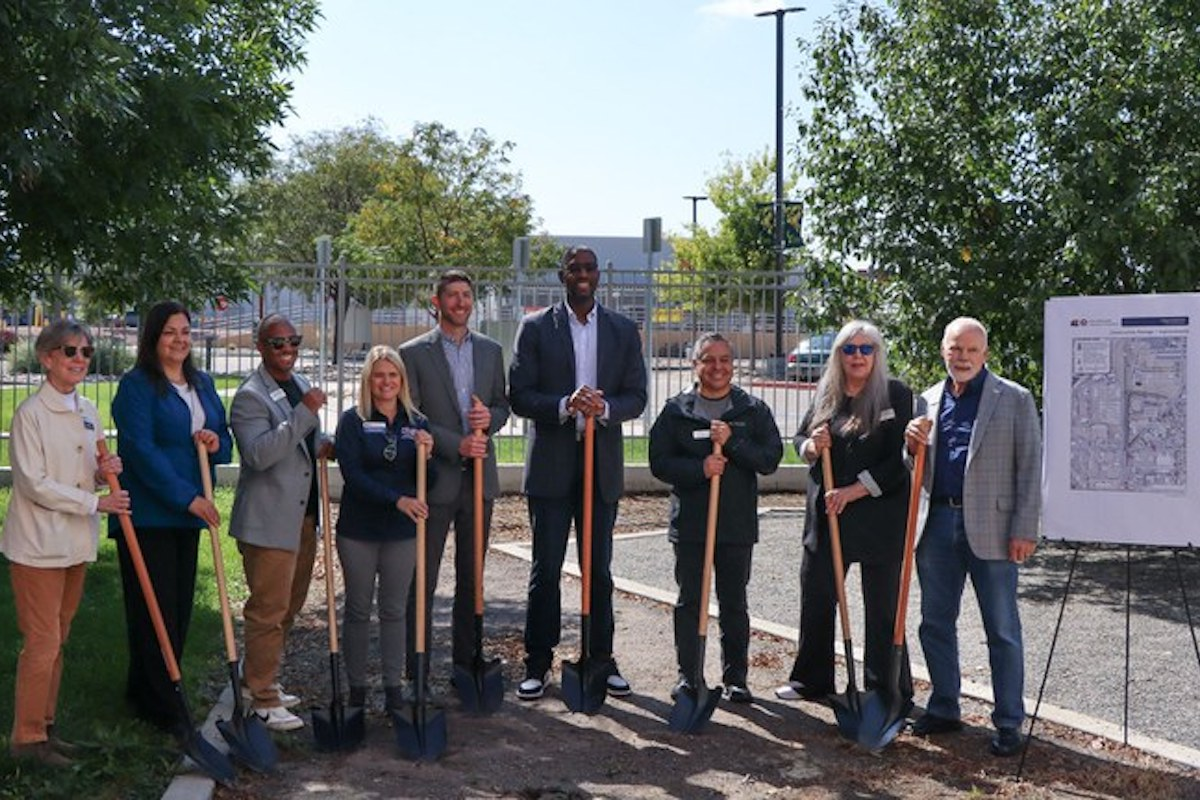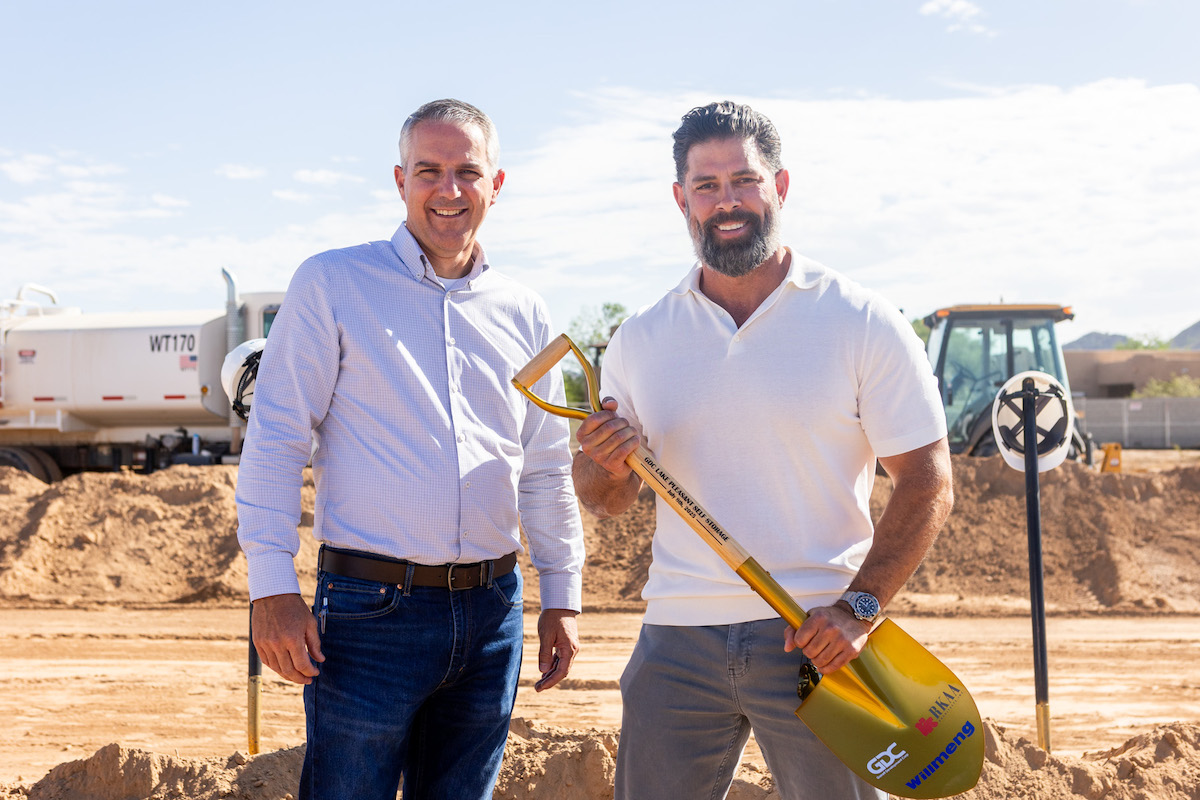On the one side, the Association of Equipment Managers (AEM) said that “Steady and solid growth is likely to continue for the construction sector. As the second-largest in the world (behind China), the U.S. construction market is poised for 3.3 percent growth this year, 1.7 percent growth in 2020, and somewhere between 1.5 and 2 percent growth for the next five years.” Then again, the recently released 2020 Dodge Construction Outlook from Dodge Data & Analytics predicted “that total U.S. construction starts will slip to $776 billion in 2020, a decline of 4 percent from the 2019 estimated level of activity.”
Nonetheless, there are several trends that are likely to shape and reshape the construction industry over the next few years regardless of the final impact of COVID-19.
They include the growing reliance on technological advancements like 3D printing and robotics, sustainability and modular and prefabricated buildings solutions. In fact, while the National Association of Home Builders (NAHB) estimates that modular construction comprised about 3 percent of projects in 2017, Markets and Markets, a leading research firm, projected that the industry’s value “will reach $157.19 billion by 2023, forecasting a compound annual growth rate of 6.9 percent.”
Driven by the rising need for complex structures on tighter schedules, growing construction costs, widespread lack of skilled labor and an ongoing movement toward sustainable building methodologies, modular construction has become an increasingly viable alternative for mass manufacturing building parts with a high degree of quality control. Equally important are the demands of owners, who are exploring the use of modular building practices by contractors to achieve specific scheduling, safety and cost certainty goals, while reducing the unpredictability that plagues many onsite construction projects.
During a recent informal survey performed by RT Specialty’s Environmental and Construction Professional (ECP) Practice, several brokers and the representatives of leading insurers from around country confirmed their contracting clients’ interest in modular construction methodologies. This was based on its increased standing as “a cost-effective, alternative delivery system” and the growing willingness of the industry’s “fresh faces” to “adopt technologies that would improve productivity, safety, scheduling and quality across the board.”

| Your local Trimble Construction Division dealer |
|---|
| SITECH Northwest |
| SITECH Rocky Mountain |
| SITECH Southwest |
However, the same individuals also cited the potential liability issues that could overshadow the benefits offered to builders. Given that the methodology has not yet reached market “maturity” and carries a learning curve, these challenges can include everything from profit margins that fail to properly consider production problems to design and manufacturing errors that remain unrealized until after the installation of multiple sections at numerous locations.
Of course, coverage always depends on the specific wording of the policy in question and the circumstances of the loss at hand. However, in our experience, it is possible to make some generalizations. In its base form, CPrL policies generally provide protection against third-party claims arising from professional service acts, errors, and omissions performed by or on behalf of the Named Insured. In fact, some CPrL programs even offer additional first-party “protective” or “rectification” coverage enhancements, which indemnify the Named Insured for the costs incurred through the negligence of design professionals with whom they’ve entered into a written agreement. Since these coverages apply on a first-party basis, a claim against the Named Insured doesn’t have to be present to trigger coverage.
Growing as a discipline worldwide, modular construction practices that can benefit from the protection coverage afforded by CPrL policies include:
Virtual Design & Construction (VDC) and Building Information Modeling (BIM) These are programs which are commonly relied upon to enhance construction efficiencies by providing a direct conduit between the project’s design and the actual work in the field.
Construction Management
This includes activities such as the scheduling, inspection, and oversight of project activities and the sequencing of the various scopes of work, which are often defined as “professional services” in the context of errors, omissions and negligence claims.

| Your local Volvo Construction Equipment dealer |
|---|
| Faris Machinery |
Design Assist, Oversight and Management
Overseeing liability issues that can result from the narrow timeframes typically imposed on design-builders to identify and correct design errors before they are actuated in the field or manufacturing plant.
Construction Means and Methods (CMM)
This typically refers to any element, component, or process, which is utilized during the project, but not deemed essential upon project completion. Examples unique to modular building could include custom transportation, storage, rigging, or lifting elements like hooks, racks and lifts as well as the improvised processes used to set or align the pre-fabricated modules. During such processes, contractors are commonly responsible for the proper implementation and operation of these elements and often liable for the problems experienced throughout the project lifecycle.
Timothy Prosser is a Consultant in RT Specialty’s Environmental and Construction Professional Practice. He can be reached at Timothy.Prosser@rtspecialty.com. RT Environmental and Construction Professional (www.RTSpecialty.com) is a division of R-T Specialty, LLC, (RT) a Delaware limited liability company headquartered in Illinois. RT provides wholesale brokerage and other services to agents and brokers. As a wholesale broker, RT does not solicit insurance from the public. Some products may only be available in certain states, and some products may only be available from surplus lines insurers. In California: R-T Specialty Insurance Services, LLC License #0G97516 (c) 2020 Ryan Specialty Group, LLC
















